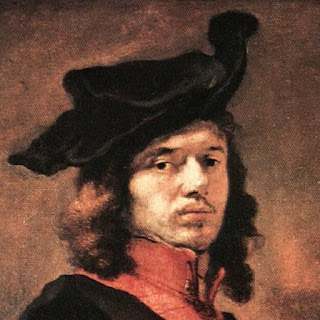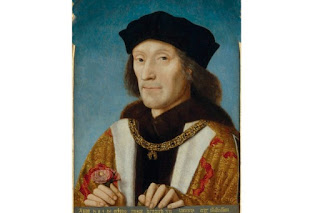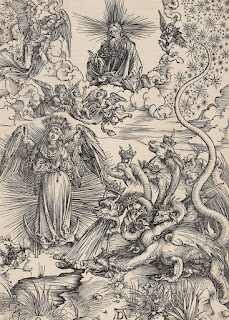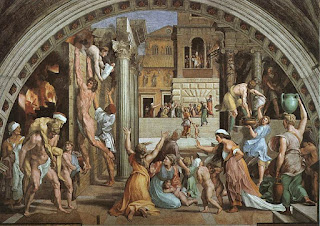Blog entry #8: Telling the Story of the Baroque Using JSTOR: 8.10

The artist that I chose for this topic is Jan Vermeer. Jan(Johannes) Vermeer was a Dutch artist, who lived during the Baroque period. He was born on October 1632, Delft, Netherlands. He was famous for his paintings during the 17th century. He was also famous for making 34 paintings, which one of the most famous one was the Girl with a Pearl Earring. Vermeer was represented as the artist of Delft for his famous paintings. His paintings resembled a remarkable purity of light and form. Another one of Vermeer's paintings Christ in the house of Mary and Martha could actually be recognized as an Italian art even though its Dutch ( Zilva, C. S. “Jan Vermeer of Delft.” The Burlington Magazine for Connoisseurs , vol. 67, no. 391, 1935, pp. 178–178. JSTOR , www.jstor.org/stable/866314. Accessed 27 Nov. 2020). Vermeer's painting were so significant that the Italians put his paintings up in the Renaissance art museum of Florence, Italy. However, in Chapter 15 on



